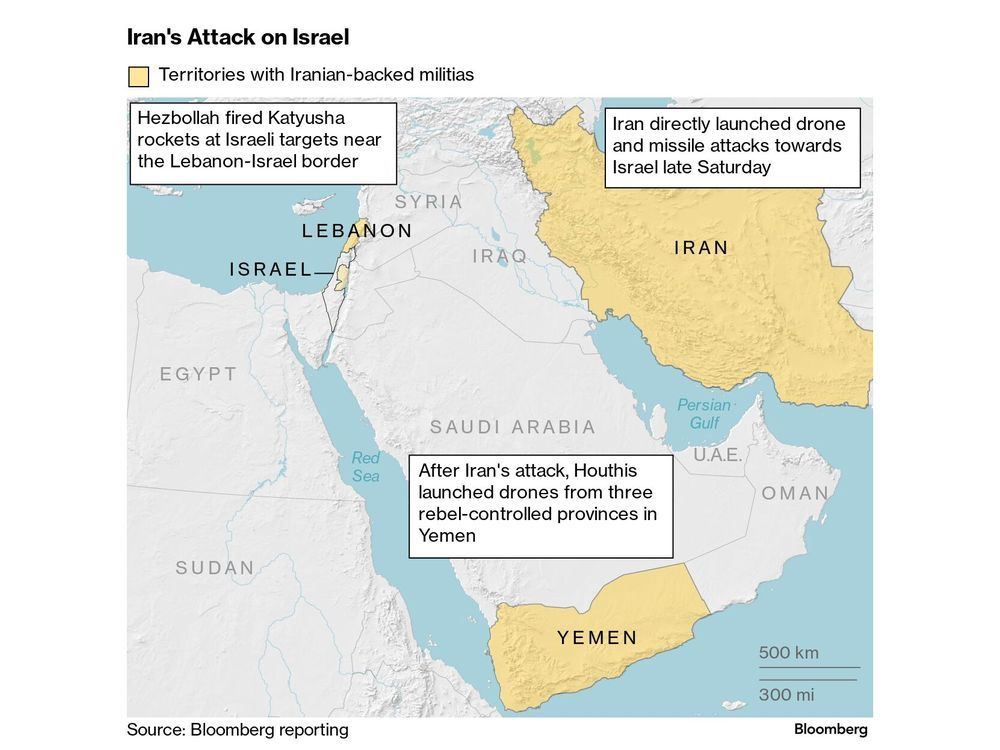Follow us on LinkedIn
Measuring the value of a company’s assets is important to understand how efficiently a company is using its resources. The asset turnover ratio is one way to measure this, by calculating the value of a company’s sales or revenues relative to the value of its assets.
This ratio can be used to compare companies within the same industry, or to compare a company’s performance over time. A high asset turnover ratio indicates that a company is generating a lot of sales from its assets, while a low ratio indicates that the company could be using its assets more efficiently.
Definition of Asset Turnover Ratio
The asset turnover ratio is a financial ratio that measures the percentage of revenue or sales generated relative to the value of assets. The asset turnover ratio may be used as a measure of a company’s efficiency in utilizing its assets to generate income.
The asset turnover ratio relates to how effectively a firm generates revenue from its assets. A rule of thumb is that the higher the asset turnover ratio, the better. Theoretically, a company with no debt should have an asset turnover ratio of 1.0 (that is, sales equal to assets). However, in practice, companies usually have some debt, so their asset turnover ratios are usually less than 1.0.
Asset turnover ratios can vary widely from industry to industry. For example, companies in the retail industry tend to have higher asset turnover ratios than companies in the manufacturing industry because retail companies require less inventory and equipment to generate sales.
How to calculate Asset Turnover Ratio
There is a simple formula to calculate the asset turnover ratio:
Asset Turnover Ratio = Total sales / {(Beginning assets + Ending assets) / 2}
Total sales: Total sales indicate the total revenue generated by the company during a specified period, such as one year.
Beginning assets: Beginning assets indicate the value of a company’s assets at the beginning of the year.
Ending assets: Ending assets indicates the value of a company’s assets at the end of the year.
Examples of Asset Turnover Ratio
For example, let’s say company A has total sales of $1,000,000, beginning assets of $500,000, and ending assets of $600,000. The asset turnover ratio would be calculated as follows
Asset turnover ratio = Total sales / {(Beginning assets + Ending assets) / 2}
Asset turnover ratio = 1,000,000 / {(500,000 + 600,000) / 2}
Asset turnover ratio = 1,000,000 / 550,000
Asset turnover ratio = 1.81
This means that company A generates $1.81 in sales for every $1 of assets. It can be considered that company A is using its assets efficiently to generate sales.
If the asset turnover ratio is low, it may be an indication that the company is not using its assets efficiently.
Conclusion
Understanding a company’s asset turnover ratio is important to investors because it can be used to compare companies within the same industry, or to compare a company’s performance over time. A high asset turnover ratio indicates that a company is generating a lot of sales from its assets, while a low ratio indicates that the company could be using its assets more efficiently.
Further questions
What's your question? Ask it in the discussion forum
Have an answer to the questions below? Post it here or in the forum

Stephen Fry, Annie Lennox, Christiana Figueres, Forest Whitaker, David Miliband, Graça Machel, Helen Clark and Paul Polman among 100+ signatories of letter to G20 leaders LONDON, April 14, 2024 (GLOBE NEWSWIRE) — Eighty years on from the establishment of the International Monetary Fund and World…

SoftBank-backed fintech aims to offer current accounts to existing customers by the end of 2024

“Sometimes we need to ride that wave.”


Oil shrugged off Iran’s unprecedented attack on Israel, with gains held in check by speculation that the conflict would remain contained as leading powers including the US urged restraint.